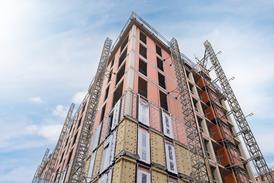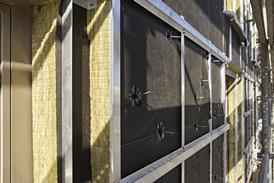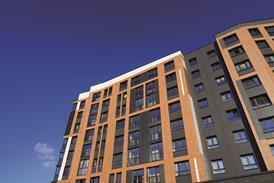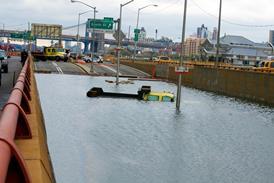- News

All the latest updates on building safety reformRegulations latest
- Focus
- Home
- News
- Focus
- Comment
- Events
- CPD
- Building the Future
- Jobs
- Data
- Subscribe
- Building Boardroom
Employers told to publish risk assessments as government outlines covid workplace guidance
By Joey Gardiner and Dave Rogers2020-05-12T05:00:00

Document asks firms to make results public on company websites
The government last night finally published new guidance on what employers need to do to make workplaces safe for employees to return as lockdown restrictions are relaxed.
The guidance was published by the Department for Business, Energy and Industrial Strategy a day after Boris Johnson urged people to return to work as part of the first phase of a plan to lift lockdown restrictions.
Already registered? Login here
To continue enjoying Building.co.uk, sign up for free guest access
Existing subscriber? LOGIN
Stay at the forefront of thought leadership with news and analysis from award-winning journalists. Enjoy company features, CEO interviews, architectural reviews, technical project know-how and the latest innovations.
- Limited access to building.co.uk
- Breaking industry news as it happens
- Breaking, daily and weekly e-newsletters
Get your free guest access SIGN UP TODAY

Subscribe now for unlimited access
Subscribe to Building today and you will benefit from:
- Unlimited access to all stories including expert analysis and comment from industry leaders
- Our league tables, cost models and economics data
- Our online archive of over 10,000 articles
- Building magazine digital editions
- Building magazine print editions
- Printed/digital supplements
Subscribe now for unlimited access.
View our subscription options and join our community


















